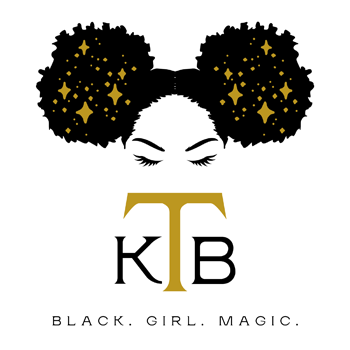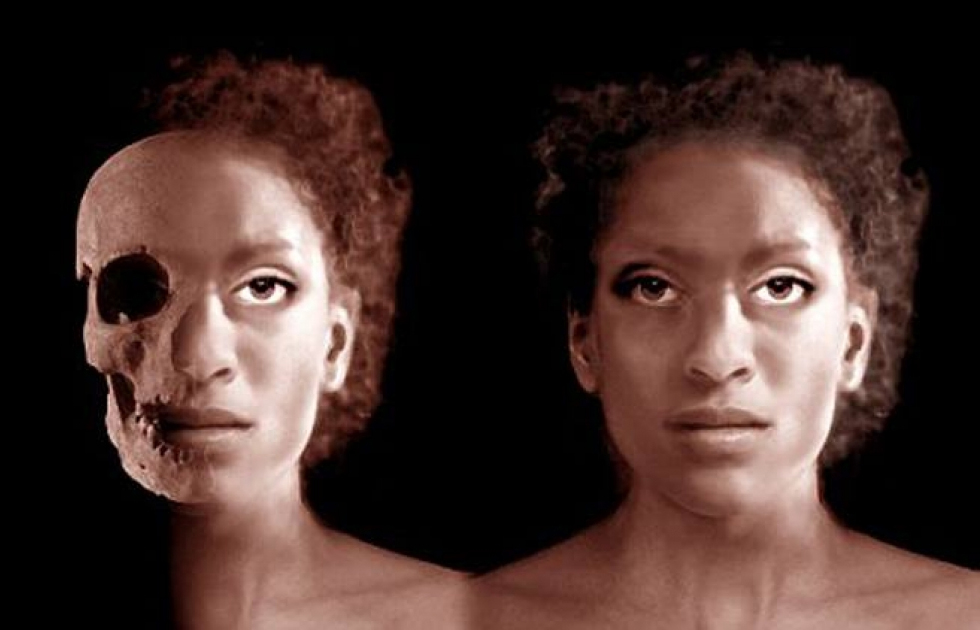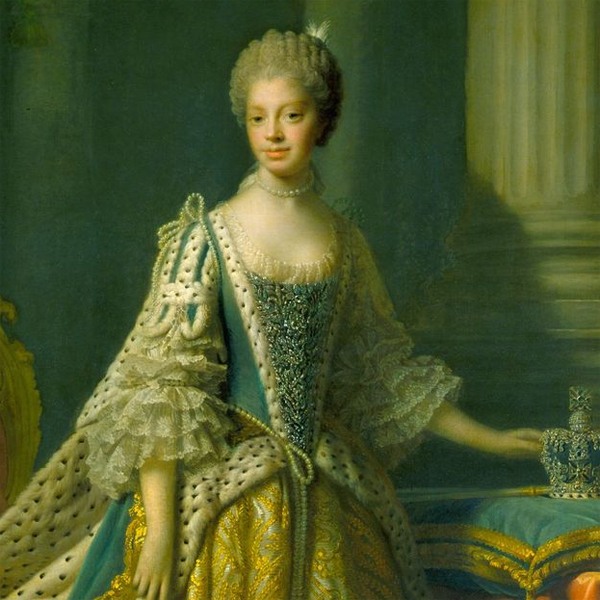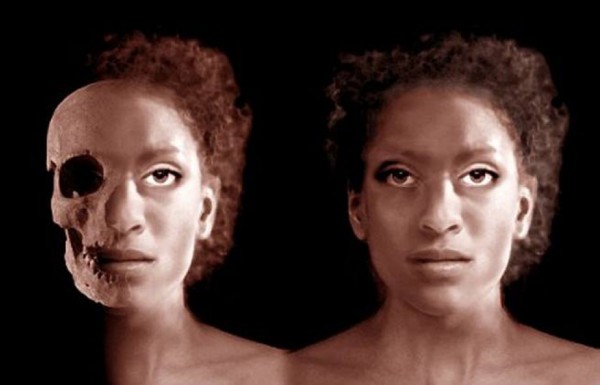Today NPR Books/Code Switch posted my second Black History Month reading list, Uncovering Hidden Black History. The idea was inspired by the neverending argument in fandom about whether having Blacks or other people of color in a movie or book set in The Past (fantastic or real) is historically accurate. We go round and round with this every few months it seems. If it’s not Tangled or Frozen it’s Game of Thrones or Agent Carter or a game or books or whatever.
The bottom line always is: POC didn’t exist here, here, or here. Or, if they did, there were only 3 of them and they were slaves.
The answer to this always is: No, no, OMG no.
The evidence for that is often easy to find, so I went looking for it. I found quite a bit, and I’m not a historian like Mikki Kendall or steeped in this stuff like Malisha/MedievalPOC who regularly drop this knowledge on unsuspecting heads. They helped me with my research in a big way–thank you!
I found so much material that some of it had to be cut for length, so I’m posting the cut bits here.
Black People In European Royalty
Even though England’s Queen Elizabeth I tried to expel all “Negroes and black a moors” from her country at the turn of the 17th century, people of African descent managed to find their way into all strata of society during the Renaissance and beyond. That includes ruling families. Alessandro de Medici, called il moro/The Moor during his day, was the son of Lorenzo II de Medici and an African woman. He ruled Florence for seven years before being assassinated by a cousin (not all that unusual for a Medici).
Over in the British Isles, Charlotte of Mecklenburg-Strelitz (wife of Mad King George of Revolutionary War fame) may hold the distinction of being England’s first black queen. At least the first depicted with what contemporaries referred to as “Negroid features” in her official portraits. These paintings may have had a political purpose as well, since the first artist to depict the queen was vocally anti-slavery.
Further Reading and Research
- World’s Great Men of Color, Volume II by J.A. Rogers
- The Blurred Racial Lines of Famous Families, PBS Frontline
- Was this Britain’s first black queen? By Stuart Jeffries for The Guardian
Black People In the Tudor Court
Europe’s Middle Ages aren’t nearly as monochrome as our cultural imagination envisions them, as art from the time attests. A great resource for images from the period is the MedievalPOC blog, where I first learned about trumpeter John Blanke. He regularly performed for Henrys VII and VIII and was immortalized in the Westminster Tournament Roll, a 60 foot long tapestry from the 1500s. Blanke was not the sole “blacke” person found at court–there were other Moorish employees as well as guests–nor were Moorish musicians and other artists restricted to the British Isles.
Further Reading and Research
- John Blanke, Black Trumpeter page in the National Archives online exhibition “Black Presence: Asian and Black History in Britain, 1500 – 1850“
- Blackamoores: Africans in Tudor England, Their Presence, Status and Origins by Onyeka
- Staying Power: The History of Black People in Britain by Peter Fryer
Black People In Roman Briton
The Sir Morien of Arthurian Legend I mention in the NPR piece wasn’t even the first African to travel to Briton. The remains of a woman from fourth century Roman York unearthed in 1901 shows that blacks were not just present, but also members of the elite class. The “Ivory Bangle Lady” as she’s been termed was a woman of North African descent who was buried with objects that point to wealth and high social standing.
Even during this time period she was not unique. Reading University archaeologist Hella Eckhardt told The Guardian that the population mix in fourth century York is close to that of contemporary Britain. “[T]he Roman population may have had more diverse origins than the city has now.”
This diversity is a natural side effect of the Roman empire’s vastness and is reflected not only in Britain, but throughout Europe, North Africa, and Mesopotamia.
Further Reading and Research
- African origin of Roman York’s rich lady with the ivory bangle by Maev Kennedy for The Guardian
- Heritage Sandbox Ivory Bangle Lady project
Black Women at the Dawn of the Feminist Movement
In 1892 Anna Julia Cooper published a collection of essays called A Voice From The South, which might be considered the first work in the genre of My Feminism Will Be Intersectional or it Will Be Bullshit. In it, Cooper “criticizes black men for securing higher education for themselves through the ministry, while erecting roadblocks to deny women access to those same opportunities, and denounces the elitism and provinciality of the white women’s movement.” Some fights have to be fought and fought and fought again, even within progressive movements.
That collection plus several other essays, papers, and letters is available in one volume: The Voice of Anna Julia Cooper, edited by Charles Lemert and Esme Bhan.
If you find this topic as intriguing as I do, I suggest you spend some time going through the #HistoricalPOC hashtag on Tumblr and Twitter where people are sharing bits of history and historical figures. Not all of them are obscure, but you won’t have to scroll long before you come up on something or someone you didn’t know about.





